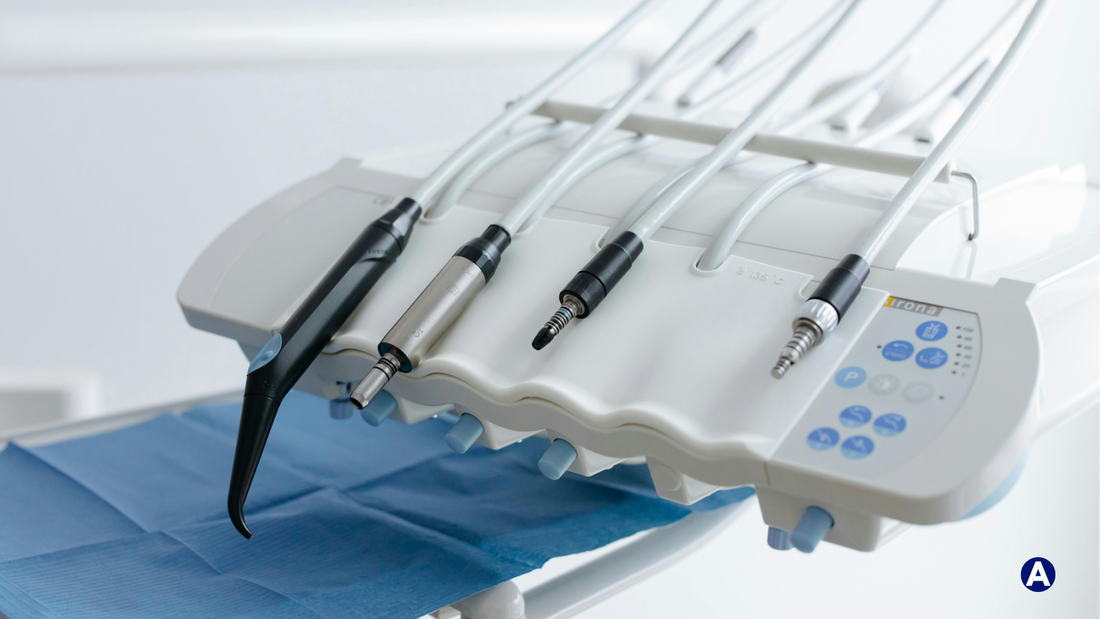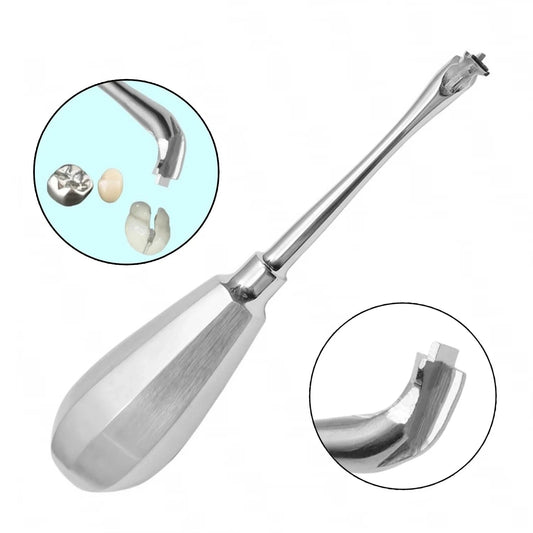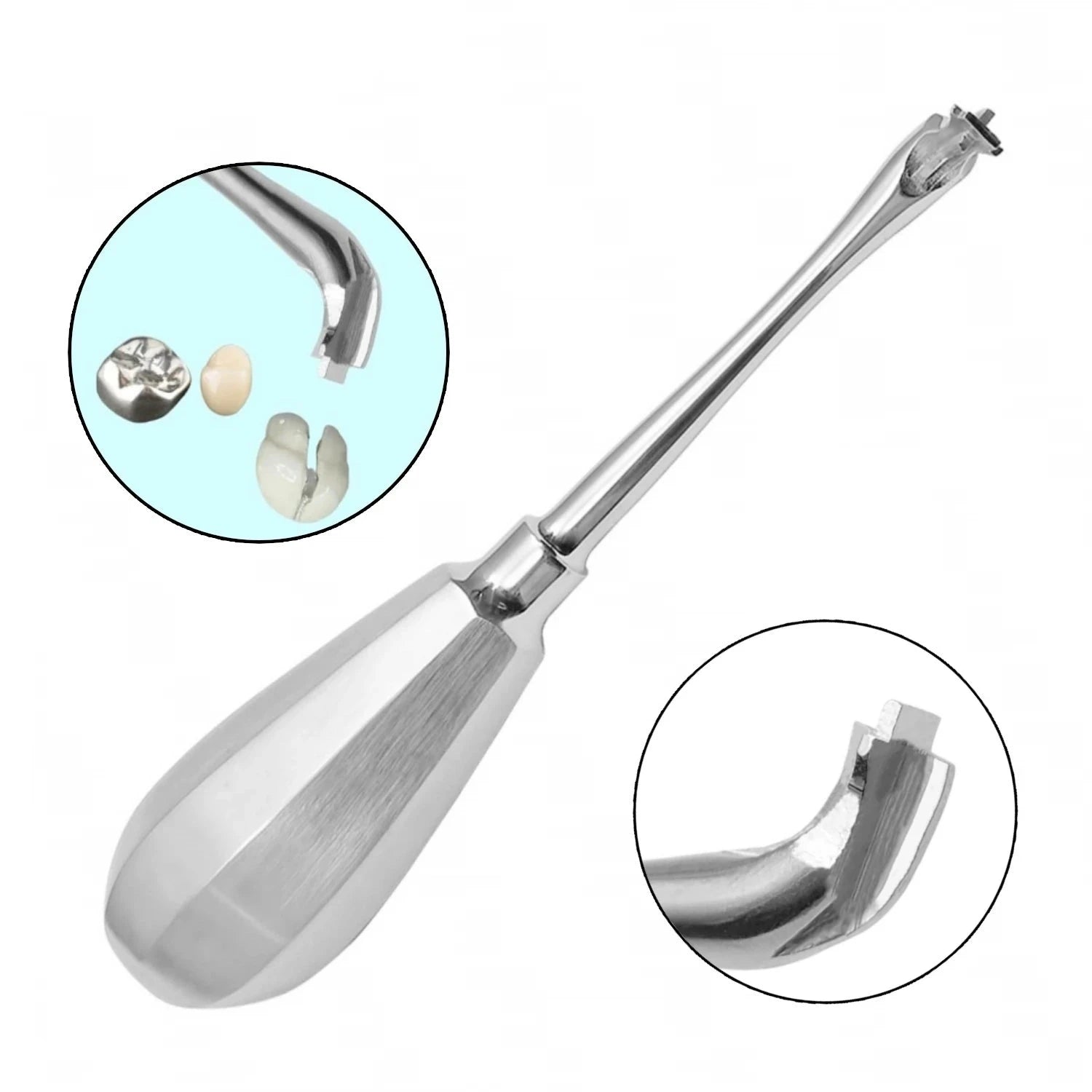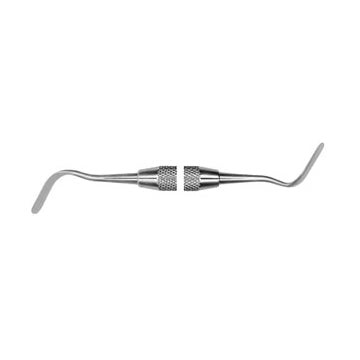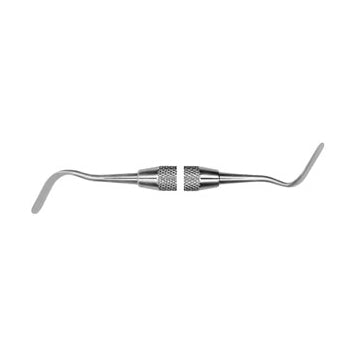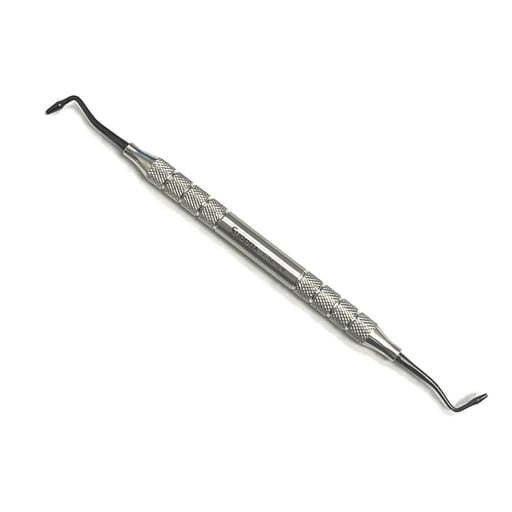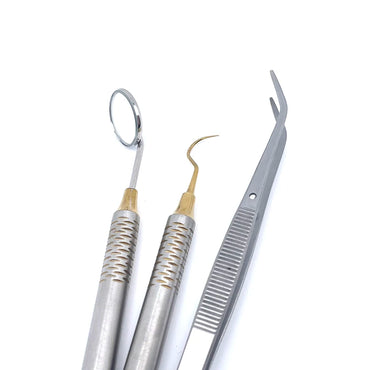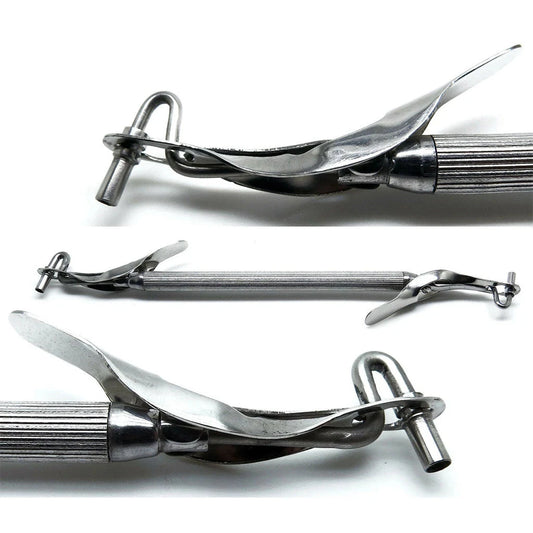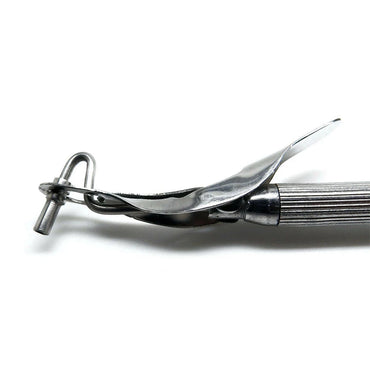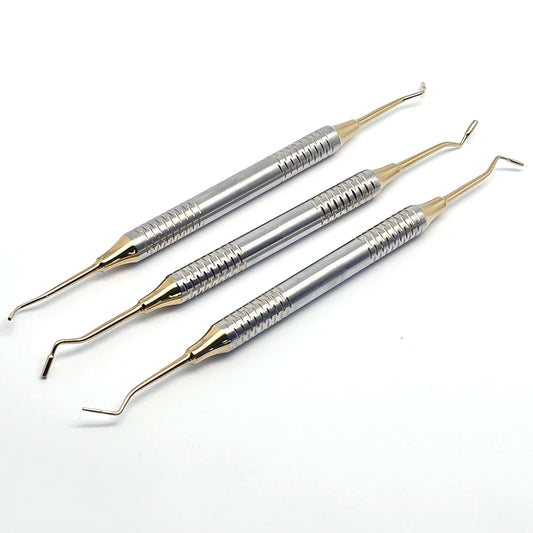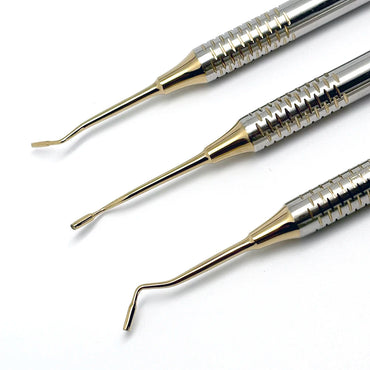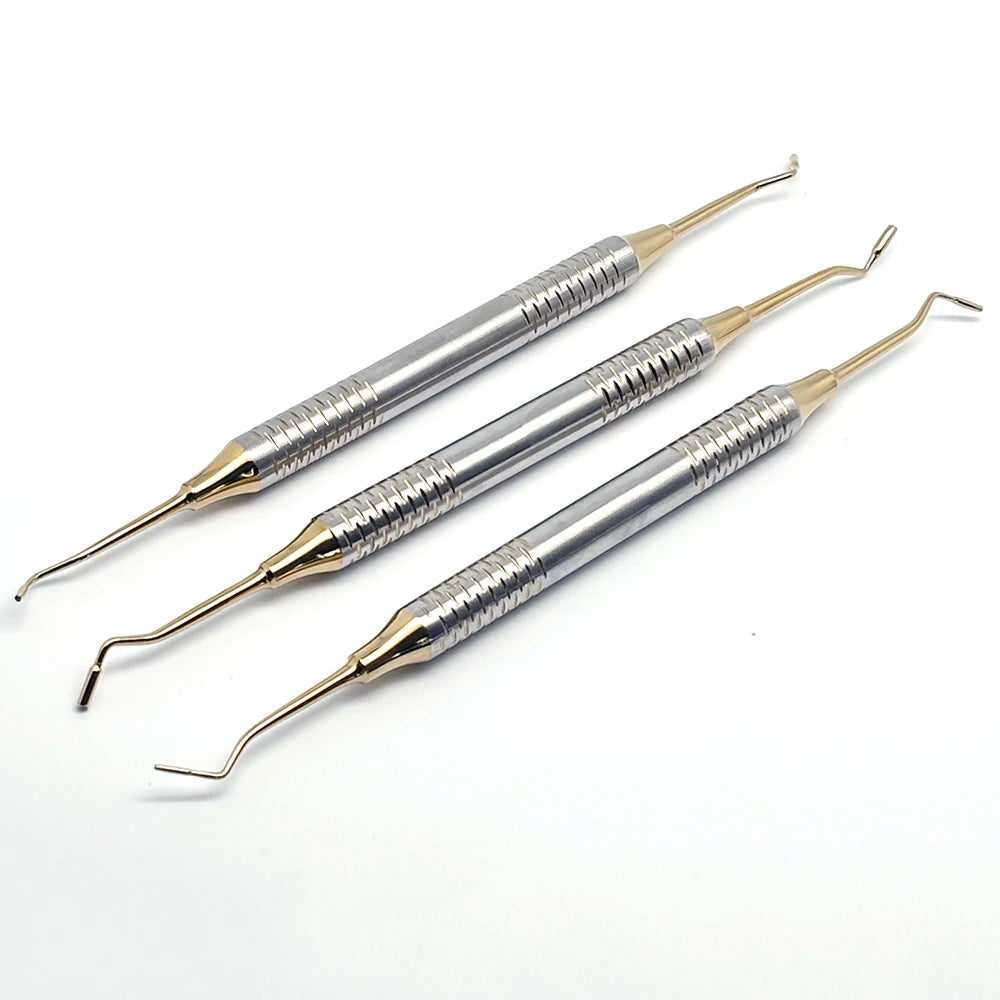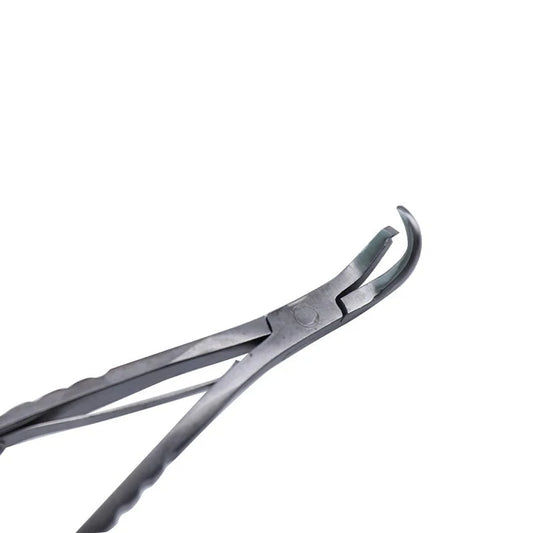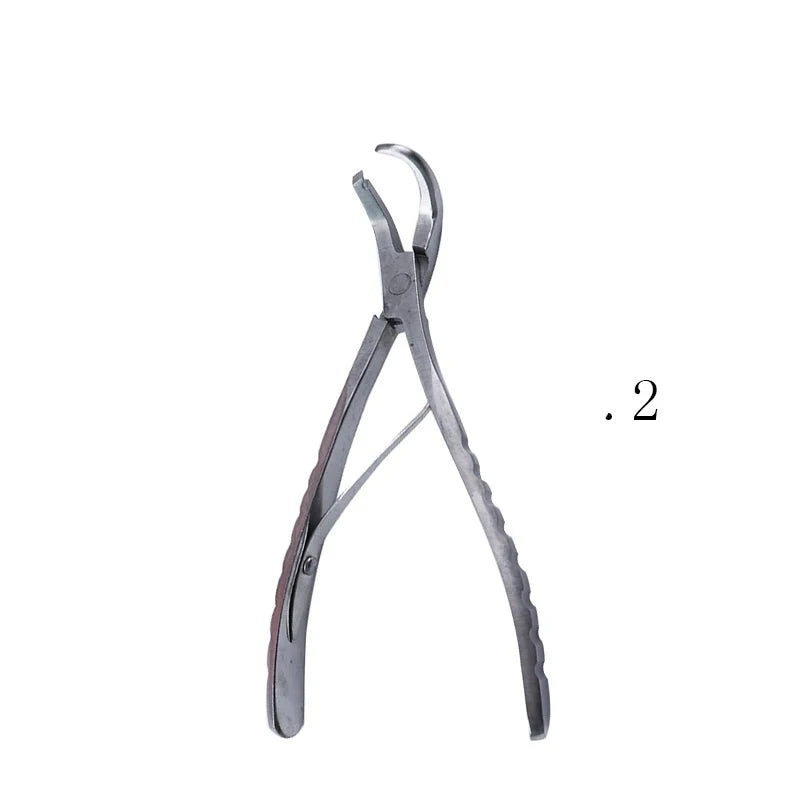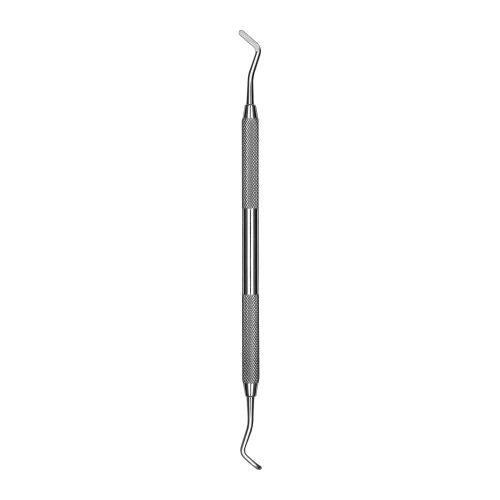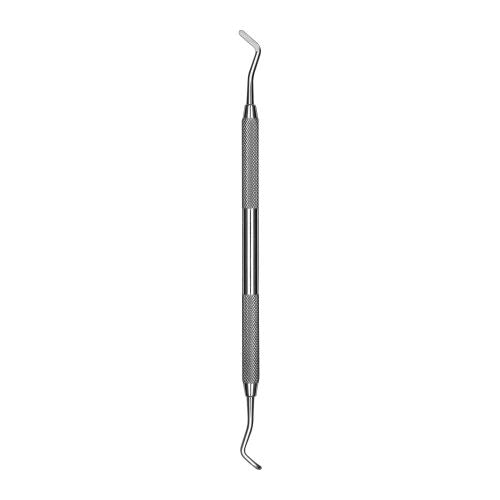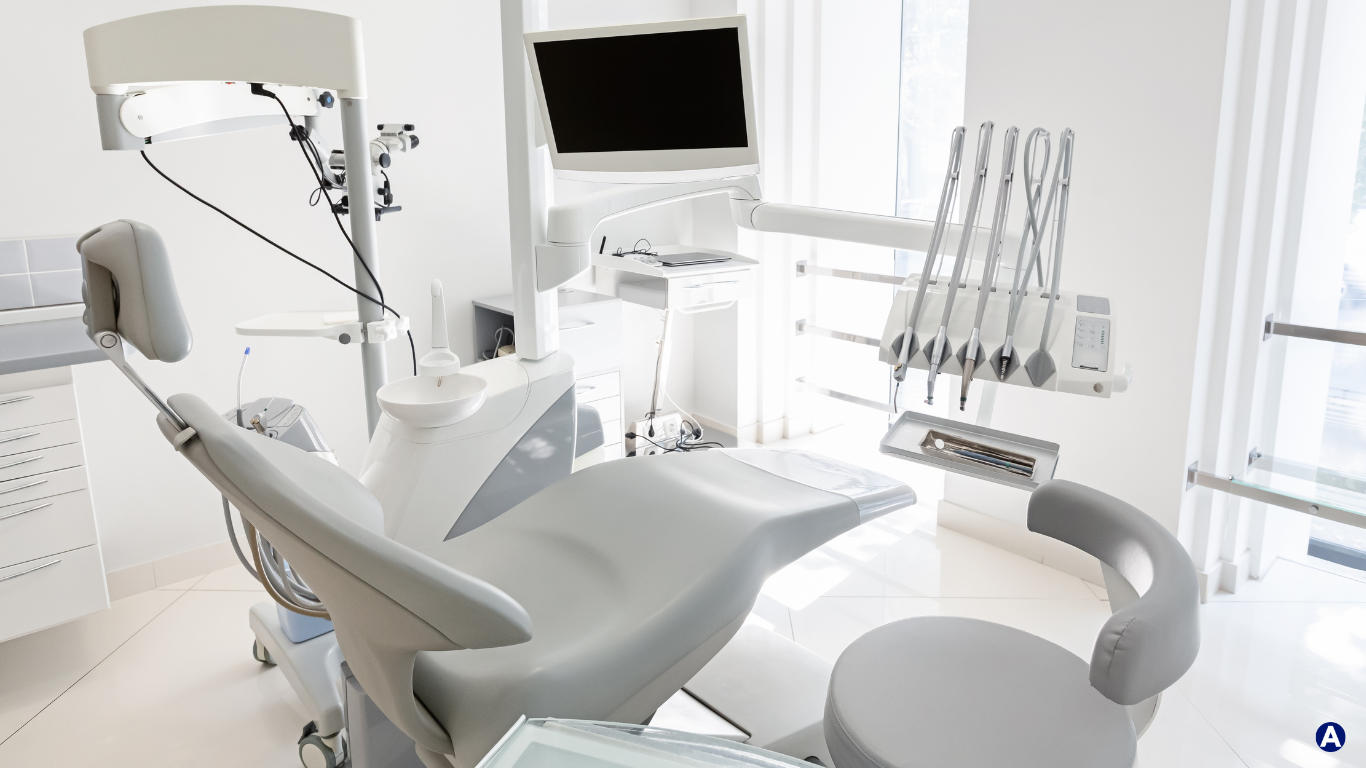The dental industry, like any other healthcare field, requires significant investment in equipment and technology to provide top-quality patient care. From X-ray machines to dental chairs and laser devices, the cost of maintaining a modern dental practice can be overwhelming. Fortunately, the IRS offers a substantial tax incentive for dental professionals through Section 179 deductions. Understanding how this deduction works can save your practice a considerable amount of money each year, making it easier to invest in the latest dental technologies.
In this guide, we'll break down what Section 179 is, how it applies to dental equipment purchases, and how you can maximize this tax deduction to benefit your practice.
What is Section 179?
Section 179 is a part of the IRS tax code that allows businesses to deduct the full purchase price of qualifying equipment and software purchased or financed during the tax year. Instead of depreciating the cost over several years, Section 179 enables you to write off the entire expense in the year the equipment is placed into service.
For dental practices, this can be a game-changer, as it provides an immediate tax benefit, reduces the financial burden of equipment investments, and can be a strategic tool for improving cash flow.
2024 Section 179 Deduction Limits
Before diving deeper into the specifics of how this works for dental practices, let’s review the 2024 limits for Section 179:
- Deduction Limit: For 2024, the maximum deduction is $1,160,000.
- Spending Cap: The limit on equipment purchases is $2,890,000. If your total investments exceed this amount, the deduction begins to phase out dollar for dollar.
- Bonus Depreciation: After reaching the Section 179 limit, bonus depreciation can be applied to further offset costs. In 2024, bonus depreciation is set at 80%.
Understanding these numbers is crucial for planning your purchases effectively. They highlight why investing in your practice now can yield significant tax benefits.
Qualifying Dental Equipment Under Section 179
To take full advantage of Section 179, it’s important to understand what types of dental equipment qualify. The IRS provides a broad definition of qualifying property, but for dental practices, the following items typically meet the requirements:
-
Dental Chairs and Operatory Equipment
High-quality dental chairs, delivery systems, lights, and stools are significant expenses but are essential for providing patient care. Under Section 179, these items can be deducted in the year of purchase. -
X-Ray Machines and Imaging Systems
Radiographic equipment, including panoramic X-rays, cone-beam computed tomography (CBCT) scanners, and digital sensors, are key tools for diagnostics. Their cost can be immediately expensed under this deduction. -
Dental Lasers and CAD/CAM Systems
Advanced technology like lasers and CAD/CAM systems, used for same-day crowns, fall under the qualifying property. The upfront cost can be offset by the Section 179 deduction, making these high-ticket items more accessible. -
Practice Management Software and IT Equipment
Software systems for scheduling, billing, and patient management are also eligible. Additionally, hardware like computers, servers, and tablets can be deducted. -
Sterilization Equipment and Infection Control
Autoclaves, ultrasonic cleaners, and other devices that ensure patient safety are deductible, helping you maintain compliance without a heavy financial burden. -
Furniture and Office Equipment
Reception desks, waiting room chairs, and office supplies are also eligible for Section 179, making it easier to upgrade your practice’s look and functionality.
Eligibility Requirements
To claim a Section 179 deduction, your dental practice must meet the following conditions:
- Purchased and Used in the Same Tax Year: The equipment must be purchased or financed and put into service during the same tax year to qualify.
- New or Used Equipment: Section 179 applies to both new and used equipment, provided it is new to your practice.
- Business Use Requirement: The equipment must be used for business purposes more than 50% of the time. If an item is used both for personal and business purposes, only the percentage used for business is deductible.
Calculating Your Tax Savings
Calculating the potential savings from a Section 179 deduction is relatively straightforward. Here’s a simplified example:
- Cost of Dental Equipment: $100,000
- Section 179 Deduction: $100,000
- Assumed Tax Rate: 30%
In this case, your tax savings would be $30,000 ($100,000 x 30%), effectively reducing the cost of the equipment to $70,000. This immediate deduction can make a substantial difference in your practice's cash flow and financial planning.
Financing Options and Section 179
One of the most beneficial aspects of Section 179 is that it applies to financed equipment as well. This means you can purchase or lease dental equipment and still deduct the full purchase price, even if you haven’t paid the full amount yet.
For instance, if you finance $200,000 worth of equipment, you can still deduct $200,000, regardless of the amount you’ve paid toward the loan by year-end. This makes Section 179 an incredibly powerful tool for practices looking to grow or modernize without depleting their cash reserves.
Strategic Planning for Section 179
Given the generous limits of Section 179, planning your purchases strategically can help you maximize your deductions. Here are a few tips to consider:
1. Timing Your Purchases
Buying equipment at the end of the year can help you capitalize on the deduction while spreading out the financial impact. As long as the equipment is put into service before December 31, it qualifies for that tax year.
2. Bundle Purchases for Maximum Benefit
If you’re planning multiple equipment upgrades, bundling your purchases within the same tax year can help you reach the maximum deduction limit. Consider timing purchases to stay under the spending cap to avoid the phase-out.
3. Consult with a Tax Professional
Every dental practice has unique financial needs and considerations. Consulting with a tax professional or accountant can help ensure that you’re taking full advantage of Section 179 and any other applicable tax benefits.
Beyond Section 179: Bonus Depreciation
If your dental practice has exhausted the Section 179 deduction limit, you can still benefit from bonus depreciation. Bonus depreciation allows you to deduct a percentage of the cost of eligible equipment in the first year of purchase. For 2024, this percentage is 80%, and it is scheduled to phase down in subsequent years.
The key difference between Section 179 and bonus depreciation is that the latter is available for both new and used equipment and does not require the property to be used predominantly for business. However, it is applied after the Section 179 limit has been reached.
Common Mistakes to Avoid
To fully leverage Section 179, avoid these common pitfalls:
- Overestimating Purchases: Be mindful of the spending cap. If your total equipment purchases exceed $2,890,000, your deduction begins to phase out.
- Improper Documentation: Keep detailed records of your purchases, including invoices, financing agreements, and service dates, to substantiate your claim.
- Neglecting State Tax Laws: Not all states conform to federal Section 179 limits. Be aware of your state’s regulations, which may differ.
Section 179 is a powerful tax incentive that can significantly reduce the financial burden of purchasing dental equipment. By understanding how this deduction works and planning your purchases strategically, you can maximize your tax savings, enhance your practice's capabilities, and ensure you are well-prepared for future growth.
Investing in new equipment not only improves the quality of care you provide but also makes your practice more efficient and attractive to patients. With the right financial planning, Section 179 can be a key component in your strategy for success.
As tax regulations can change, consulting with a knowledgeable tax professional or financial advisor is essential. They can guide you in optimizing your equipment purchases, ensuring compliance, and fully leveraging the benefits of Section 179.
By staying informed and proactive, you can make the most of this tax deduction and continue to elevate the level of care your practice offers.
Sources:
1. IRS Official Website
- Section 179 Deduction Overview
- This is the primary source of detailed and up-to-date information about Section 179 deductions, including eligibility requirements, limits, and tax implications.
2. Section179.org
- Comprehensive Guide to Section 179
- A helpful resource offering a comprehensive overview of Section 179, including calculators, updated deduction limits, and detailed examples for various industries.
3. American Dental Association (ADA)
- Tax Benefits for Dental Practices
- The ADA often provides guidance specific to dental professionals regarding tax planning and deductions.
4. Investopedia
- [Understanding Section 179
- A user-friendly guide that explains the basics of Section 179, including how it compares to traditional depreciation and bonus depreciation.
5. CPA Journal or Dental CPA Networks
- Professional CPA networks or journals frequently offer insights into tax planning strategies for healthcare and dental practices, providing industry-specific advice on utilizing Section 179.


